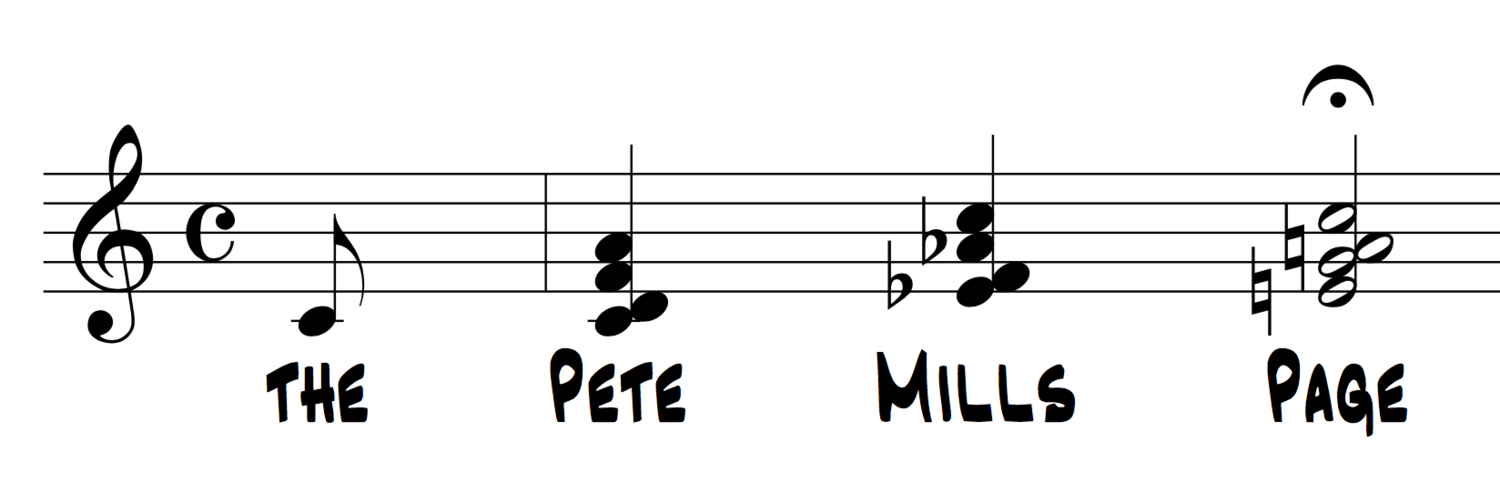4 Lyric Editing Apps That Will Change Your Songwriting Life
UPDATE: as songwriting technology continues to evolve, many of the apps profiled below have become obsolete. Please check out my new article on AI technology and the so-called “songbots” that are changing the way songs are made.
All of the apps out there offer certain baseline features like spell-check, grammar-check, rhyme-check, and scan-check. But since these are rarely where the trouble lies, it’s the higher-end features that are crucial.
1. LYRIX
Lyrix is the granddaddy of Lyric Editing software, and still the industry standard. Like most of its rivals, Lyrix begins with a diagnostic questionnaire about the lyric being doctored. One excellent feature reveals itself immediately when Lyrix asks whether the lyric is for a pop song, a theater song, an art song, etc. — just one small example of the kind of comprehensiveness it offers. And while other apps have only one standard questionnaire, Lyrix has a kind of “question-tree.” Selecting “Theater Song” brings up a different set of questions than “Pop Song”… choosing “Ensemble Song” leads down a different path than if you’d chosen “Solo.” And because the app asks better questions, there’s more reason to be confident in its assessment of any given lyric.
After the questionnaire, Lyrix does a full scan of the lyric and highlights what it considers to be the problem spots. It doesn’t offer any suggestions until you agree about where the problems are. I tested it out with various lyrics from Broadway shows. There was one song from a current show (that shall remain nameless) where Lyrix highlighted the entire lyric! — as if to say, “Where do I begin…?” There was also one lyric that the app declared to be perfect… and no, it wasn’t by Sondheim.
Once you get into the nitty-gritty of suggested changes, that’s where Lyrix really shines. Again, it takes a kind of tree-logic approach to “deduce” a better lyric. Rather than simply announcing the solution to your problem, it presents a buffet of possibilities. You select one that you like best, which brings up a further buffet. And it continues like that until you decide that you’ve found the best replacement. It’s kind of like when you go to the eye doctor and they keep flipping lenses and asking you, “Which is better: number one… or number two?” — and you gradually close in on the correct prescription.
Obviously, this kind of thing works best on the smaller sorts of revisions. What any of these apps do best is paraphrasing. If you have an idea that’s expressed awkwardly, perhaps because of the need to rhyme, chances are Lyrix can find a way of saying almost the same thing less awkwardly and still make it rhyme. And since the computer is so quick at paraphrasing, it can also help when you need to make much bigger changes: Let’s say you want a lyric to express something completely different from what it currently says. What you can do is put in a very rough lyric that doesn’t scan or rhyme, but says what you want to say, and Lyrix will smooth it out and give it the proper form, scan and rhyme.
2. DUMMY LYRIC
Dummy Lyric is great for beginners, with a very intuitive interface. It excels at catching the most common sorts of lyrical pitfalls: shifting point of view, inconsistent tone, mixed metaphors, etc. Dummy Lyric is also the only one of the apps discussed here that can help when you’re starting from scratch. It offers a variety of templates for common song forms, with a kind of fill-in-the-blank approach.
Unfortunately for theater lyricists, Dummy Lyric definitely seems geared toward pop songs. For example, it will often suggest a shorter, punchier lyric…and then pad out the rest of the syllables with “ooh” or “yeah” or “baby.” On the bright side though, Dummy Lyric will allow imperfect rhymes — which Lyrix does not. So if you’re writing a rock musical, and want imperfect rhymes for the idiom, Dummy Lyric might be the way to go
3. TUNEUP
TuneUP is unique among its competitors because it offers the only integrated music and lyric editor. Rather than importing a Word doc, TuneUP works from sheet music and is compatible with both Finale and Sibelius.
The advantage of TuneUP is that it can sometimes solve a particularly tough lyric by suggesting a rewrite that requires a slight change in the melody — i.e., an extra pickup note here or there — whereas other editors adhere strictly to the scan and syllable count of the original lyric.
While this kind of integration does offer some advantages, TuneUP is far less comprehensive than a dedicated lyric editor like Lyrix — or, for that matter, a dedicated music editor like Melos or Hookz. For instance, TuneUP is very clunky when it comes to being colloquial or using an appropriate vernacular. It will often suggest words that are way too formal sounding, just because they’re easy to rhyme… stuff like “ameliorate” or “pulchritude.” You’re not going to put these words in a song!
4. VERSE VISE
Verse Vise, as its name suggests, is mostly useful for tightening up a loose, overly wordy lyric. But for this reason, it can only be used with lyrics that have not yet been set to music — otherwise you’ll end up with too many notes and not enough words!
The Vise can typically reduce a lyric’s word count by an impressive 20–30%. It does this by a variety of methods, some more satisfactory than others. Naturally, it discards any filler words or phrases, (like “just” or “the fact that”) — but it also wields the razor rather harshly on adjectives and adverbs, retaining only those that it considers interesting.
Also, Verse Vise doesn’t hesitate to mess with the rhyme scheme of a lyric — again, because it does not assume the existence of a tune. This gives it a bit more flexibility as far as the kind of edits it can make. But in general, the app is not nearly as feature-rich as Lyrix.
And sometimes, when wordiness might be the point, the Vise completely fails to understand. I put in the lyrics of “Getting Married Today” to see what it would do with that: it added up the dinner plates and butter knives and candleholders to come up with something like “121 tablewares.” Yikes.






